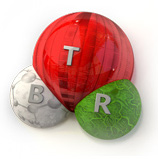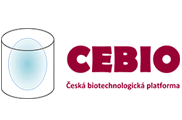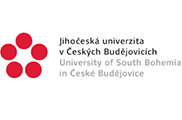autotrophy

An autotroph is an organism that produces complex organic compounds from simple substances present in its surroundings, generally using energy from light (by photosynthesis) or inorganic chemical reactions (chemosynthesis).
Autotrophs can be phototrophs, lithotrophs, or chemotrophs. Phototrophs use light as an energy source, while lithotrophs make use of inorganic compounds, such as hydrogen sulfide, elemental sulfur, ammonium and ferrous iron, as reducing agents for biosynthesis and chemical energy storage. Chemotrophic species simply utilize electron donors as a source of energy, whether it be from organic or inorganic sources, however in the case of autotrophs, these electron donors come from inorganic chemical sources.























